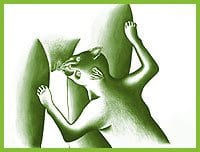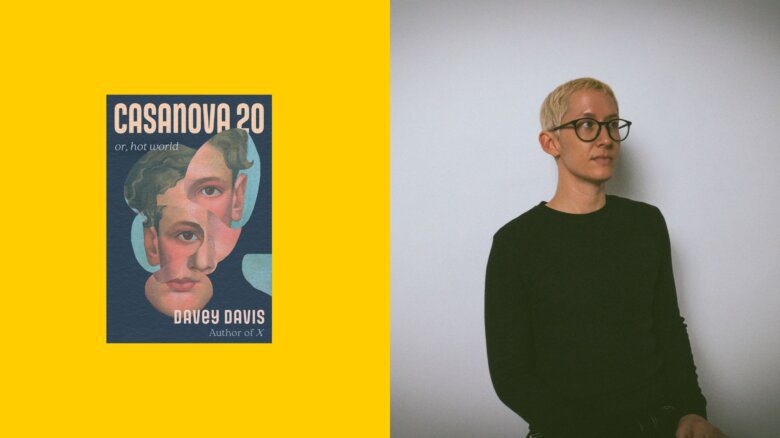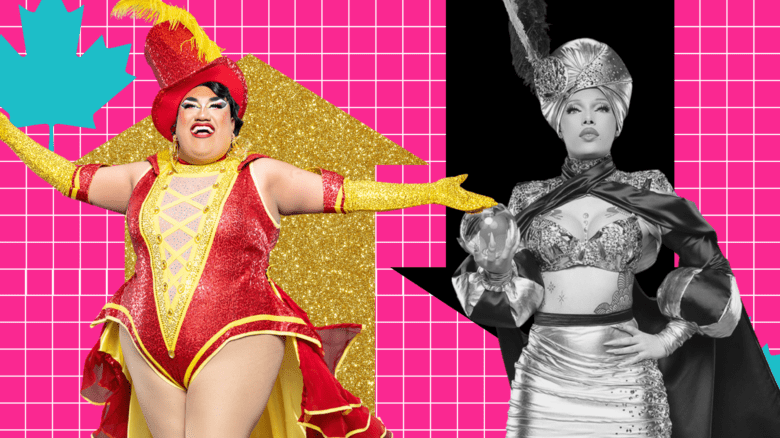Judy Chicago is nothing short of a feminist icon. With an art career starting in the 1970s and spanning more than 30 years, she has seen the beginnings, the growth and the decline of feminist-based artwork. Long before the Vagina Monologues, Chicago divided and inspired the art world with her sculpture installation The Dinner Party, a triangle-shaped dinner table, with hand-painted vaginas on every plate, that surrounded hundreds of women’s names scrawled across the floor.
Chicago’s Dinner Party explored the existence of women in both the art world as well as the agency of women’s desire and sexuality. While other feminist artists such as Hannah Wilke, Adrian Piper and Carole Scheenman – of whom Chicago is an admirer – began to emerge, Chicago made a conscious choice to work outside the parameters the art scene. “I had hoped for acceptance,” says Chicago from her studio in New Mexico. “On one hand, I was being told that I was changing women’s lives, and on the other hand, I was being bashed by critics.
“I had to separate myself and build a path outside the [art] establishment to create support.”
The theme of women’s sexual empowerment and freedom has continued to this day, and is evident in her latest group of work entitled FemmeErotica, which opens at the O’Connor Gallery Fri, Feb 4.
There are several series of work under this title: CatErotica, Song Of Songs and illustrations to Anaïs Nin’s Delta Of Venus. The work is watercolour, heliorelief and lithography, and each medium adds a specific texture to the different series. The illustrations for Delta Of Venus are of particular interest because of Chicago’s strong personal relationship with Nin.
In 1920s Paris, Nin delved into the psyche and sexuality of women through her erotic writing: transgressing all boundaries of acceptability and tradition. Famed for her relationship with writer Henry Miller and her provocative diaries, Nin experienced firsthand the fickle and often cruel attention of the media. Chicago drew upon these experiences.
From 1971 to ’74 Chicago and Nin had regular contact. “She had a huge effect on me,” says Chicago, tenderly. “She gave me a place to speak and told me to write.
“Anaïs had an incredible generosity of spirit, which offered an alternative model to not be bitter.” Chicago talks about these illustrations as “being evocative with a clarity that describes an equivalent to moments of feelings, like creating images of vulvas as a grasping organ – that’s a pretty graphic feeling!”
Chicago’s exploration of sexual agency is centred on the female form, more specifically, on genitalia. While visibility is obviously important, her work could be labelled essentialist, where biology dictates gender. Is she aware of the shift in how gender is understood over the last few years, and how the gender binary is being challenged by the growth of transsexual and transgender communities? Her response is unflinching. “The ’70s had the idea of 15 genders. And my work looks at sexual authority inclusive and apart from biology. I want open discourse of female sexuality, to create sexual agencies regardless of orientation.”
Being only two years old in 1970, I cannot readily understand what Chicago means by 15 genders. But I am aware of Second Wave Feminism and the role it played in reevaluating social constructs. Archetypes that had once oppressed, such as June Cleaver, were being challenged and the perpetually happy nurturer, homemaker and wife was turning into an enraged activist who was independent and omnisexual.
Chicago’s ideals stem from the value she places on historical knowledge; she found support and affirmation from women before her (she was quick to cite Elisabeth Blackwell as an example). And Chicago is apprehensive of any momentary success, cognizant of “a reoccurring pattern in history of visibility and erasure.”
Chicago expressed sadness when she retorted to my youthful probing with, “How many young queers have never heard of Romaine Brooks?” She’s right. There are too few contemporary voices that embrace women’s and queer history and are proud of the F-word (feminism, that is).
The significance of Chicago’s work is colossal, something gallery owner Dennis O’Connor understands. Recently, he told me that Chicago’s work is what inspired him to open a gallery. For 10 years, O’Connor has committed him-self to exhibiting queer artists; FemmeErotica marks the 10th anniversary of the gallery’s inception. So, on such an anniversary, why would he exhibit a straight woman’s work? If you are unclear of the answer, you need to reread this article.
* Eleanor Wachtel talks with Judy Chicago at 7pm on Sat, Feb 5 at Miles Nadal JCC (750 Spadina Ave); tix are $5.
FEMMEEROTICA.
Fri, Feb 4-Mar 5.
O’Connor Gallery.
97 Maitland St.
(416) 921-7149.

 Why you can trust Xtra
Why you can trust Xtra


